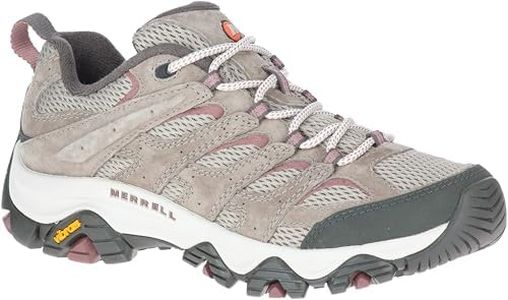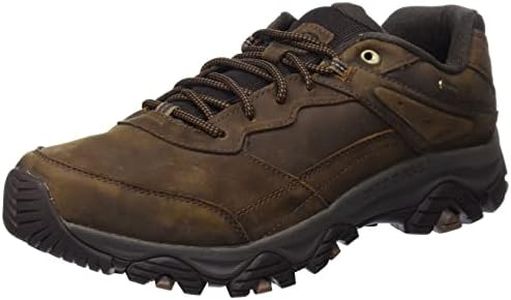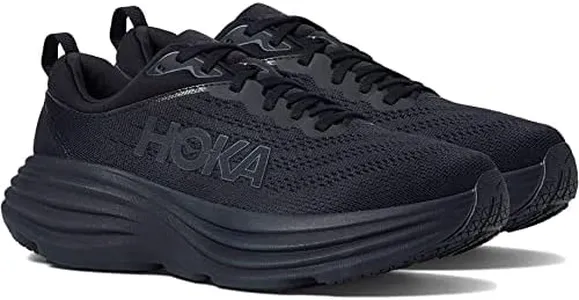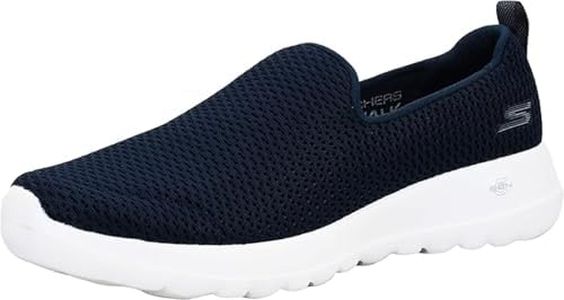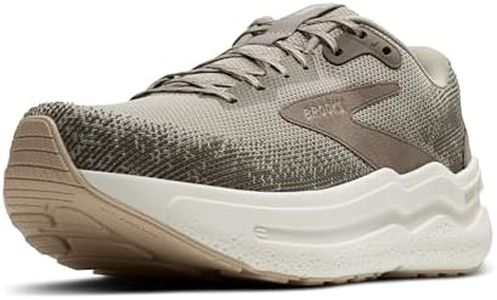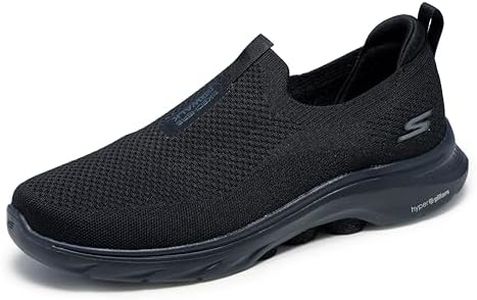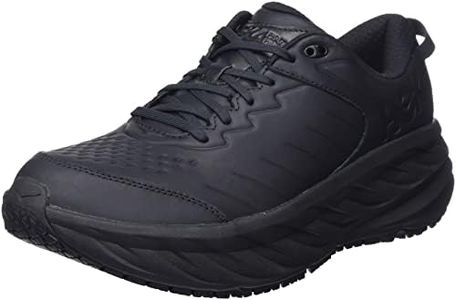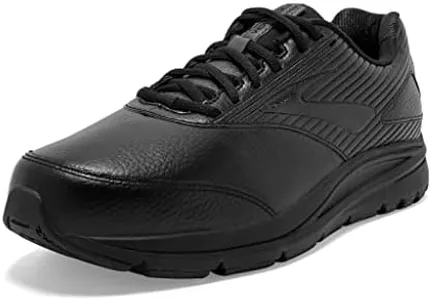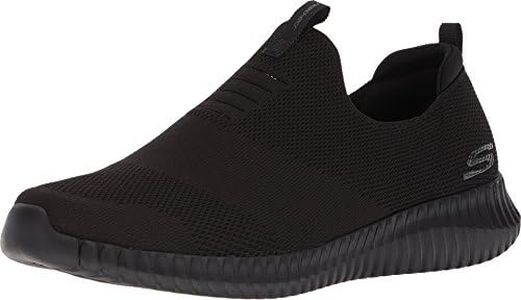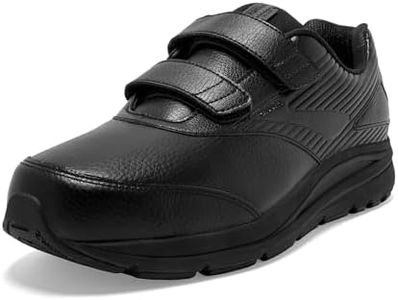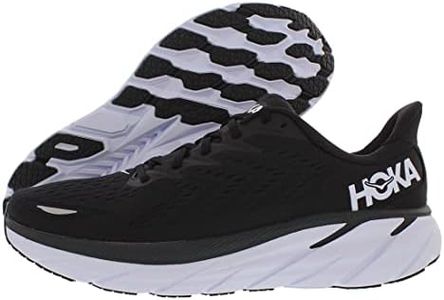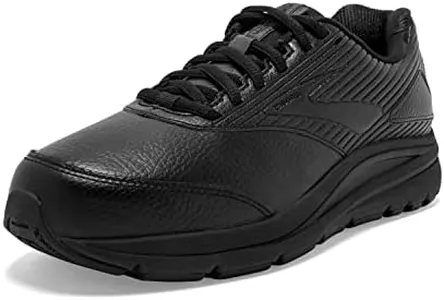We Use CookiesWe use cookies to enhance the security, performance,
functionality and for analytical and promotional activities. By continuing to browse this site you
are agreeing to our privacy policy
10 Best Walking Shoes
From leading brands and best sellers available on the web.Buying Guide for the Best Walking Shoes
Choosing the right walking shoes is important for comfort, support, and overall foot health. The best pair will help you to enjoy your walks, prevent discomfort, and reduce your risk of injury. It's important to think about the way you walk, the surfaces you'll be on, and any specific needs your feet might have. Focus on finding shoes that are suited to your unique foot shape and walking style rather than just their looks or trends.Fit and SizingFit and sizing refer to how well the shoe matches the shape and length of your foot. A good fit means that the shoe hugs your heel comfortably, offers enough room for your toes to wiggle, and doesn't pinch any part of your foot. Shoes that are too tight can cause blisters and soreness, while those that are too loose might lead to instability. It's best to try on shoes in the afternoon (when feet are a bit swollen) and walk around to check the fit. If you have wide or narrow feet, look for brands with varying width options to get the most comfortable fit for your foot.
Support and CushioningSupport and cushioning help absorb the impact of walking and provide stability to your feet. Shoes with more cushioning are great for people who walk long distances or on hard surfaces, as they help reduce foot fatigue. Less cushioning might be better if you prefer a lightweight shoe or mostly walk on softer paths. If you have issues like flat feet or high arches, look for shoes that offer the right kind of arch support to suit your needs. The amount of support you need depends on your walking habits and any special requirements your feet may have.
BreathabilityBreathability refers to how well the shoe lets air flow to your feet, keeping them cool and dry. Shoes made with mesh or other breathable materials help prevent your feet from getting sweaty and uncomfortable, which is especially useful for long walks or in warm weather. For cooler climates or rainy conditions, you might prefer a shoe with less breathability and more water resistance, but breathability is important for overall comfort during regular use.
Sole and TractionThe sole is the bottom part of the shoe that makes contact with the ground. Traction refers to how well the sole grips the surface, preventing slips and falls. If you walk on smooth sidewalks or indoors, shoes with simple rubber soles are usually enough. If you often walk on gravel, trails, or wet surfaces, look for deeper tread patterns for better traction. Think about the typical surfaces you walk on, and choose a sole that matches the grip you need for safe walking.
WeightThe weight of the shoe can affect how easy and comfortable it is to walk for long periods. Lightweight shoes are less tiring and suitable for fast-paced or longer walks, while heavier shoes may offer more protection or support, but can weigh you down on long walks. Choose a weight that feels comfortable during your usual walks—if you notice a shoe feels heavy or clunky after some time, a lighter option might work better for your needs.
DurabilityDurability is how well a shoe holds up over time, especially if you walk often or on tough terrain. Shoes made from higher-quality materials or reinforced areas (like the toe or heel) tend to last longer and handle more wear and tear. If you plan to walk a lot or use your shoes in rough conditions, opt for shoes known for their strong build. For occasional walking, a less durable shoe might still work and can sometimes be more flexible or comfortable.
